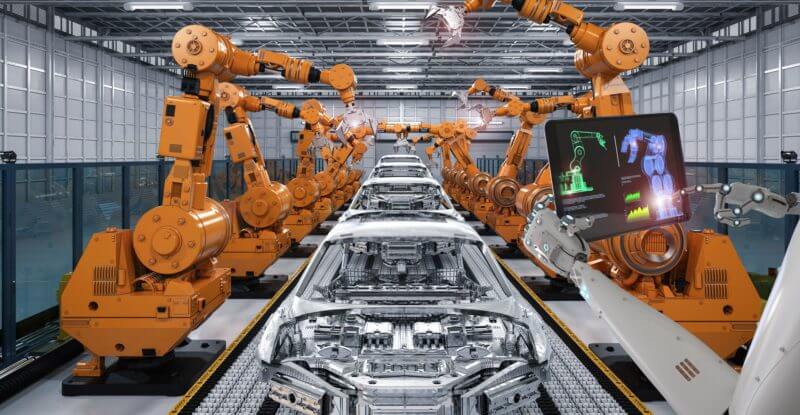Innovation is a comprehensive concept that the construction industry has to welcome. It’s comprised of incorporating new ideas that generate changes, which can help in solving the needs and meeting the demands of the industry.
The application of innovation to the construction industry is not as easy as it may seem. However, this doesn’t mean that it’s impossible. In fact, here’s how innovative ideas are being used in the construction industry.
1. Autonomous Trucks at Roadside Work Zones
Self-driving trucks would soon be used in highway construction, and these would function as “crash trucks.” The idea behind these trucks is that it would lessen the risks of accidents during “crash trucks.” Each truck would come with a device capable of receiving and transmitting signals that would direct its movement.
Likewise, smart traffic tools, such as safety cones, barricades, and speed bumps , could also send alerts to the vehicles to ensure that there wouldn’t be any accidents as it transports the materials needed for the project.

2. Kinetic Roads
Aside from the driverless trucks, there’s also the dynamic road, which is a type of way that functions through the use of energy (kinetic). One of the projects related to it is the “Lybra,” which is a tire-like rubber that changes the dynamic energy gathered from vehicles, into electric energy.
This one-of-a-kind technology could collect and convert energy into a power source as it passes the grid. Not just that, overall safety within the road would also be improved, and it encourages the sustainability of road traffic.
3. Self-Healing Concrete
In the construction industry, cement is the most important and widely used material. However, it’s also the largest contributors of harmful carbon emissions that are bad for the environment. Aside from that, cracking is the major problem in construction, and it’s something that cannot be prevented– even with high-quality cement.
The exposure to water, chemicals, and inclement weather are just some of the contributing factors that could cause cement cracking. Fortunately, one of the best ideas, that are currently being developed is the use of self-healing concrete, which is a combination of microcapsules that contain bacteria capable of germinating once water enters the crack, and this produces limestone. Once the pavement starts to deteriorate, the “healing” process begins.
4. 3D Modeling
Continuous planning and innovation have positively contributed to the development of smart cities. One of which is the “CyberCity3D” which is a geospatial-modeling innovator that focuses on the manufacturing of intelligent 3D building models.
The company builds smart digital 3D buildings that help the engineering, architectural and construction sector as they visualize and transmits design and data using proprietary software. The models are then developed using 3D geographic information system platforms, like ESRI and Autodesk, which could also stream 3D public building data.
5. Cloud Collaboration
Asset mapping concentrates on operational equipment, which includes air conditioning and heating, security systems, and lighting. Aside from that, it can also be utilized to collect data from serial numbers, engineering notes, and firmware based on when it was installed and by whom. Cloud collaboration makes it possible for engineers to have a real-time map, giving them the idea where the equipment should be established.





